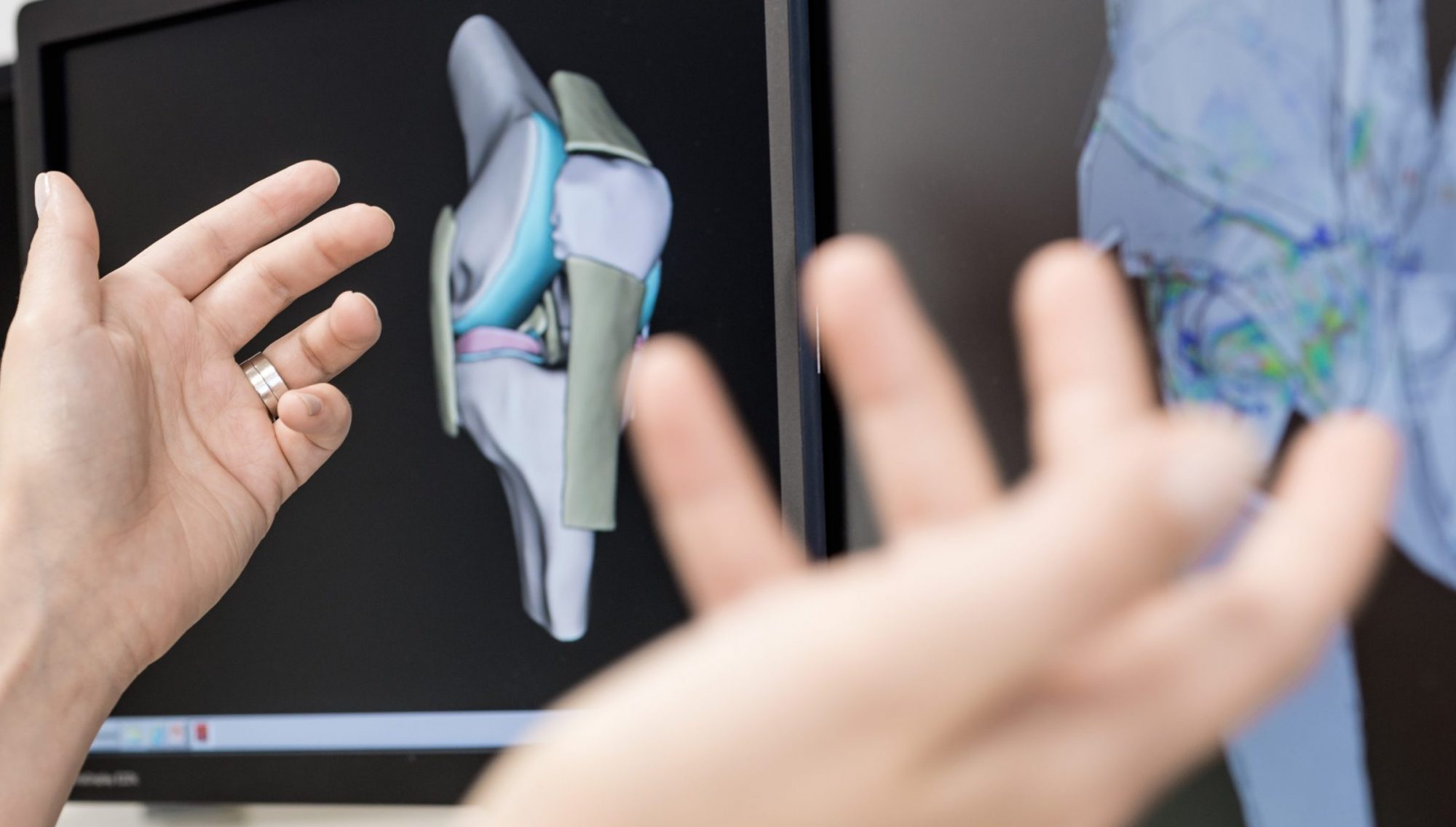Keynote speakers
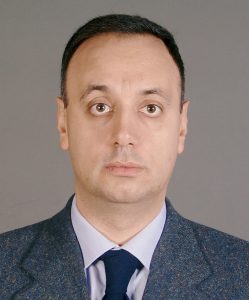
Cosimo Del Gratta is full professor of Physics at the Gabriele D’Annunzio University.
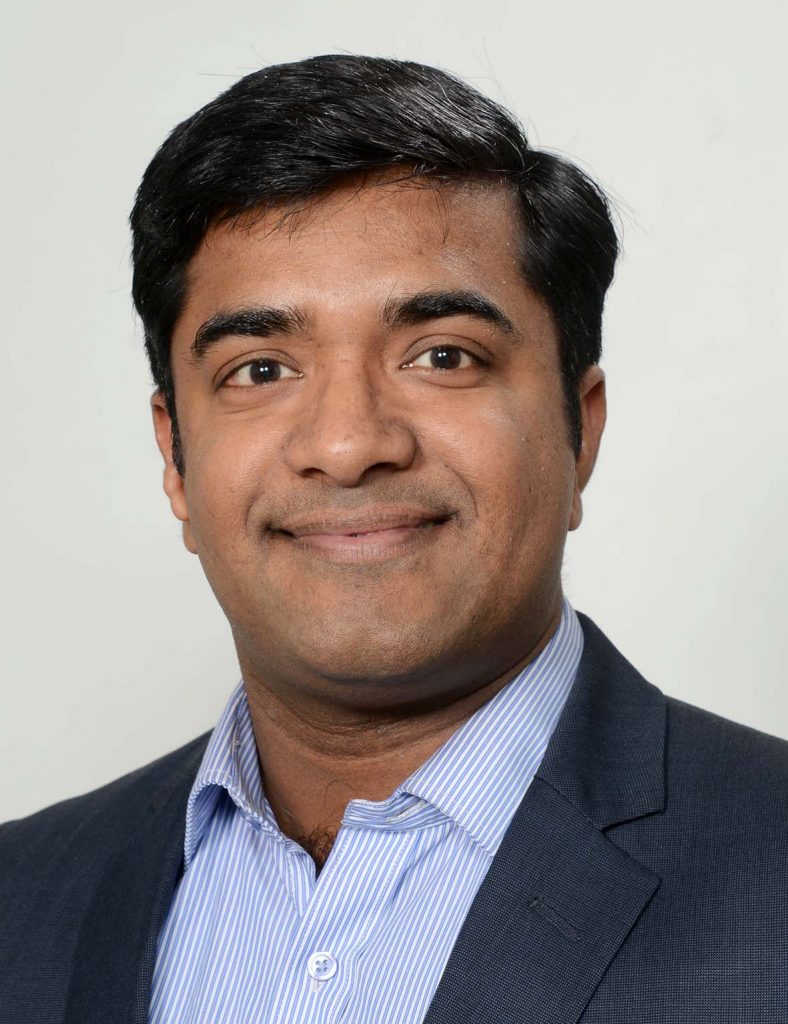
Assistant Professor, Oommen P. Oommen, Faculty of Biomedical Sciences and Engineering, Tampere University of Technology, Finland “Extracellular matrix polymers: The building blocks for engineering nanoparticles for drug delivery and imaging”
Dr. Oommen received his Ph.D. in organic chemistry from Indian Institute of Technology-Bombay in Aug. 2010. He, then moved to Uppsala University, Sweden to pursue his Post Doc. In 2016, he joined Tampere University of Technology, Finland as a Tenure-track Assistant Professor where he leads a multidisciplinary team of chemists, molecular biologists and material scientists. The focus of his research is utilizing the unique properties of glycosaminoglycan a key component of extracellular matrix for engineering 3D scaffolds for bone and cardiac tissue engineering and developing nanomedicine. He also uses these polymers for modulating immune system and engineering stem cells to enhance their in-vivo survival and function.
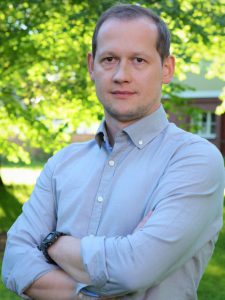
Assistant Professor Anton Kuzyk, Aalto University, Finland: “DNA nanotechnology and DNA based devices and their potential applications in diagnostics and therapy”
Anton Kuzyk was born in Lviv, Ukraine. He received the PhD degree in Applied Physics from University of Jyväskyla in 2009. After several postoc positions at TU-Munich, Aalto University and Max Planck Institute for Intelligent Systems (Stuttgart), Anton joined the Department of Neuroscience and Biomedical Engineering at Aalto University in 2016 as an Assistant Professor and the leader of the Molecular Nanoengineering Group. The group’s research is focused on molecular self-assembly and engineering and their applications in nanofabrication, plasmonics and (bio)sensing.
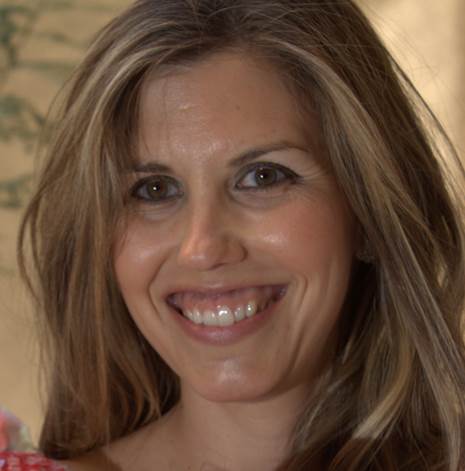
Associate Professor Raquel Bailon, University of Zaragoza, Spain: “Signal processing guided by physiology: application to cardio-respiratory data”
Raquel Bailón was born in Zaragoza, Spain. She received the M.S. degree in Telecommunication Engineering and the Ph.D. degree in Biomedical Engineering from the University of Zaragoza (UZ), Zaragoza, Spain, in 2001 and 2006, respectively. In 2003, she was an Assistant Professor in the Department of Electronic Engineering and Communications, UZ, where she is currently an Associate Professor. She is also a Researcher with the Aragon Institute for Engineering Research, UZ, and also with the Centro de Investigación Biomédica en Red en Bioingeniería, Biomateriales y Nanomedicina, Spain. Her current research interests include the biomedical signal processing field, specially in the analysis of the dynamics and interactions of cardiovascular signals.
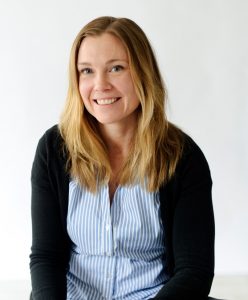
Associate Professor Hanna Isaksson, Lund University, Sweden: “Musculoskeletal biomechanics”
Dr Hanna Isaksson joined Lund University as a faculty member in 2011. Since 2014, she and her group is located at the newly formed Department of Biomedical Engineering at Lund University. Her reserach area is musculoskeletal tissue biomechanics and mechanobiologi, focusing on functional imaging and statistical shape modeling of bone, characterization of bone damage and fracture mechanisms, and improving bone quality during fracture repair. She also has ongoing research in cartilage and tendon biomechanics and mechanobiology.
Prior to joining Lund University, Dr Isaksson spend three years as a post-doctoral researcher at the Biophysics of Bone and Cartilage reserach group, University of Eastern Finland, working on experimental methods to determine bone quality in metabolic bone diseases, primarily osteoporosis. She obtained her PhD in Biomedical Engineering from Eindhoven University of Technology, the Netherlands, in a collaborative project between TU/Eindhoven and the AO Research institute in Davos, Switzerland. The project focused on mechanobiological modeling of bone regeneration.
She has authored over 90 peer-reviewed scientific papers, and supervised 11 PhD students until graduation, and is currently the vice-president of the European Society of Biomechanics.
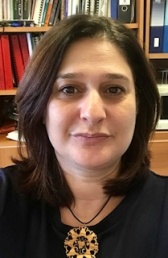
Assistant Professor Laura Marzetti, Gabriele d’Annunzio University of Chieti-Pescara, Italy: “Large scale network syncronization in ongoing brain activity by MEG/EEG”
Dr. Laura Marzetti is Assistant Professor for Applied Physics in Tenure Track at the Dept. of Neuroscience, Imaging and Clinical Sciences of the University “G. d’Annunzio” of Chieti-Pescara (UdA) in Italy since 2015.
She completed her Ph.D. in “Neuroscience and Imaging” at University “G. d’Annunzio” of Chieti-Pescara in cooperation with the Fraunhofer First Institute Berlin, and her undergraduate studies in Biomedical Engineering at University of Ancona. Her research interests lie in the area of non-invasive neuroimaging, mainly of data analysis methods for magnetoencephalography (MEG) and electroencephalography (EEG), as well as of applications to human neuroscience. She has contributed to methods for functional connectivity that were among the first to provide evidence for the neurophysiological hypothesis that large-scale communication in the brain is mediated by phase synchronization. In human neuroscience, she has investigated MEG correlates of the BOLD Resting State Networks. Dr. Laura Marzetti has expanded beyond MEG/EEG by actively contributing to the multimodal approach to anatomical and functional connectomics of the Human Connectome Project (1U54MH091657-0, PIs: Van Essen and Ugurbil). She currently leads the Methods And Models for Brain Oscillations (MAMBO) group at the Institute for Advanced Biomedical Technologies (UdA).
She authored more than 30 peer-reviewed original research publications and 2 book chapters. Publications include papers in Neuron, in PNAS and papers in other high-impact journals. She has been invited speaker in more than fifteen international conferences, workshops and schools and organizer of five workshops and conference symposia, e.g. at the Annual Meeting of the Organization for Human Brain Mapping. She is currently a member of the International Organization of Psychophysiology and of the Organization for Human Brain Mapping international societies.
More keynote speakers will follow!
